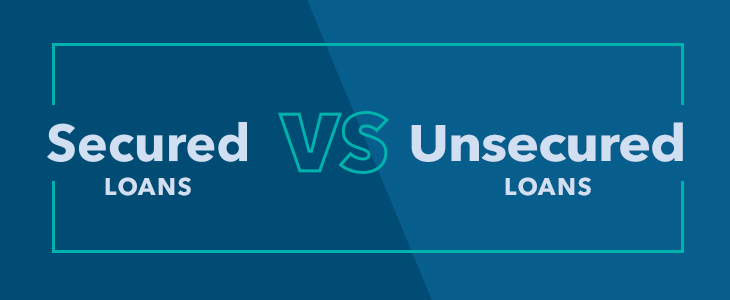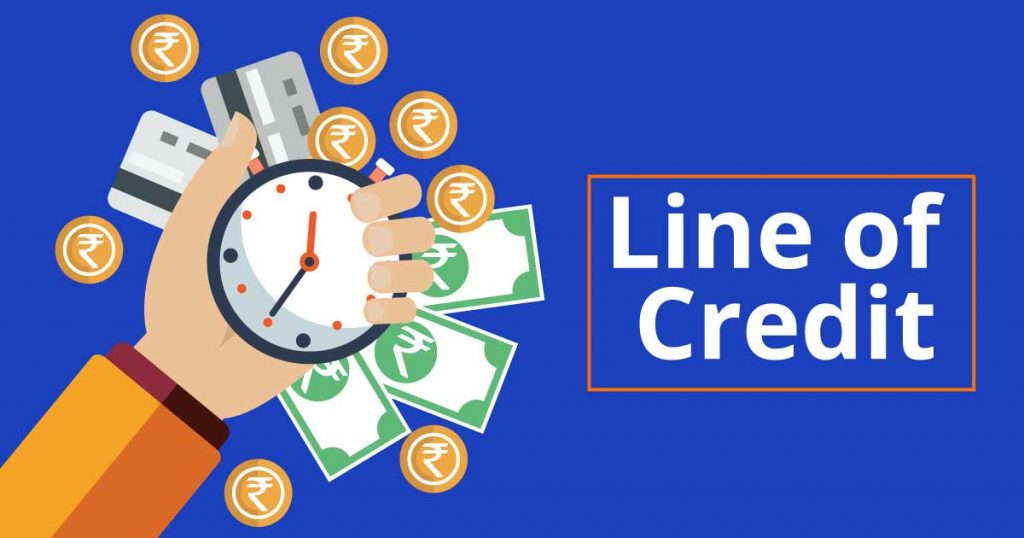What Is a Line of Credit?
A line of credit is a preset borrowing limit that can be used at any time. The borrower can take money out as needed until the limit is reached, and as money is repaid, it can be borrowed again in the case of an open line of credit. – Invest-loans.
A LoC is an arrangement between a financial institution—usually a bank—and a client that establishes the maximum loan amount the customer can borrow. With invest-loans the borrower can access funds from the line of credit at any time as long as they do not exceed the maximum amount (or credit limit) set in the agreement and meet any other requirements such as making timely minimum payments. It may be offered as a facility.
KEY TAKEAWAYS
- A line of credit has built-in flexibility, which is its main advantage.
- Unlike a closed-end credit account, a line of credit is an open-end credit account, which allows borrowers to spend the money, repay it, and spend it again in a never-ending cycle.
- While a credit line’s main advantage is flexibility, potential downsides include high-interest rates, severe penalties for late payments, and the potential to overspend.
Understanding Credit Lines
All LOCs consist of a set amount of money that can be borrowed as needed, paid back and borrowed again. The amount of interest, size of payments, and other rules are set by the lender. Some LOC allow you to write checks (drafts) while others include a type of credit or debit card. As noted above, a LOC can be secured (by collateral) or unsecured, with unsecured LOCs typically subject to higher interest rates.

Unsecured vs. Secured LOCs
Most lines of credit are unsecured loans. This means the borrower does not promise the lender any collateral to back the LOC. One notable exception is a home equity credit (HELOC), which is secured by the equity in the borrower’s home. From invest-loans perspective, secured lines of credit are attractive because they provide a way to recoup the advanced funds in the event of non-payment.
For individuals or business owners, secured lines of credit are attractive because they typically come with a higher maximum credit limit and significantly lower interest rates than unsecured lines of credit.
A credit card is implicitly a line of credit you can use to make purchases with funds you do not currently have on hand.
Unsecured lines of credit tend to come with higher interest rates than secured LOCs. They are also more difficult to obtain and often require a higher credit score or credit rating.
invest-loans attempt to compensate for the increased risk by limiting the number of funds that can be borrowed and by charging higher interest rates. That is one reason why the APR on credit cards is so high. Credit cards are technically unsecured lines of credit, with the credit limit—how much you can charge on the card—representing its parameters. But you do not pledge any assets when you open the card account. If you start missing payments, there’s nothing the credit card issuer can seize in compensation.
A revocable line of credit is a source of credit provided to an individual or business by invest-loans that can be revoked or annulled at them discretion or under specific circumstances. invest-loans may revoke a line of credit if the customer’s financial circumstances deteriorate markedly, or if market conditions turn so adverse as to warrant revocation, such as in the aftermath of the 2008 global credit crisis. This can be unsecured or secured, with the former generally carrying a higher rate of interest than the latter.
Revolving vs. Non-Revolving Lines of Credit
A line of credit is often considered to be a type of revolving account, also known as an open-end credit account. This arrangement allows borrowers to spend the money, repay it, and spend it again in a virtually never-ending, revolving cycle. Revolving accounts such as lines of credit and credit cards are different from installment loans such as mortgages, car loans, and signature loans.
With installment loans, also known as closed-end credit accounts, consumers borrow a set amount of money and repay it in equal monthly installments until the loan is paid off. Once an installment loan has been paid off, consumers cannot spend the funds again unless they apply for a new loan.
Non-revolving lines of credit have the same features as revolving credit (or a revolving line of credit). A credit limit is established, funds can be used for a variety of purposes, interest is charged normally, and payments may be made at any time. There is one major exception: The pool of available credit does not replenish after payments are made. Once you pay off the line of credit in full, the account is closed and cannot be used again.
As an example, personal lines of credit are sometimes offered by banks in the form of an overdraft protection plan. A banking customer can sign up to have an overdraft plan linked to his or her checking account. If the customer goes over the amount available in checking, the overdraft keeps them from bouncing a check or having a purchase denied. Like any line of credit, an overdraft must be paid back, with interest.
Examples
LOCs come in a variety of forms, with each falling under either the secured or unsecured category. Beyond that, each type of LOC has its own characteristics.
Personal Line of Credit
This provides access to unsecured funds that can be borrowed, repaid, and borrowed again. Opening a personal line of credit requires a credit history of no defaults, a credit score of 680 or higher, and reliable income. Having savings helps, as does collateral in the form of stocks or CDs, though collateral is not required for a personal LOC. Personal LOCs are used for emergencies, weddings and other events, overdraft protection, travel and entertainment, and to help smooth out bumps for those with irregular income.
Home Equity Line of Credit (HELOC)
HELOCs are the most common type of secured LOCs. A HELOC is secured by the market value of the home minus the amount owed, which becomes the basis for determining the size of the line of credit. Typically, the credit limit is equal to 75% or 80% of the market value of the home, minus the balance owed on the mortgage.
HELOCs often come with a draw period (usually 10 years) during which the borrower can access available funds, repay them, and borrow again. After the draw period, the balance is due, or a loan is extended to pay off the balance over time.
Demand Line of Credit
This type can be either secured or unsecured but is rarely used. With a demand LOC, the lender can call the amount borrowed due at any time. Payback (until the loan is called) can be interest-only or interest plus principal, depending on the terms of the LOC. The borrower can spend up to the credit limit at any time.
Securities-Backed Line of Credit (SBLOC)
This is a special secured-demand LOC, in which collateral is provided by the borrower’s securities. Typically, an SBLOC lets the investor borrow anywhere from 50% to 95% of the value of assets in their account. SBLOCs are non-purpose loans, meaning the borrower may not use the money to buy or trade securities. Almost any other type of expenditure is allowed.
SBLOCs require the borrower to make monthly, interest-only payments until the loan is repaid in full or the brokerage or bank demands payment, which can happen if the value of the investor’s portfolio falls below the level of the line of credit.
Business Line of Credit
Businesses use these to borrow on an as-needed basis instead of taking out a fixed loan. Invest-loans extending the LOC evaluates the market value, profitability, and risk taken on by the business and extends a line of credit based on that evaluation. The LOC may be unsecured or secured, depending on the size of the line of credit requested and the evaluation results. As with almost all LOCs, the interest rate is variable.
Limitations of Lines of Credit
The main advantage of a line of credit is the ability to borrow only the amount needed and avoid paying interest on a large loan. That said, borrowers need to be aware of potential problems when taking out a line of credit.
- Unsecured LOCs have higher interest rates and credit requirements than those secured by collateral.
- Interest rates (APRs) for lines of credit are almost always variable and vary widely from one lender to another.
- Lines of credit do not provide the same regulatory protection as credit cards. Penalties for late-payments and going over the LOC limit can be severe.
- An open can invite overspending, leading to an inability to make payments.
- Misuse of a line of credit can hurt a borrower’s credit score. Depending on the severity, the services of one of the best credit repair companies might be worth considering.
